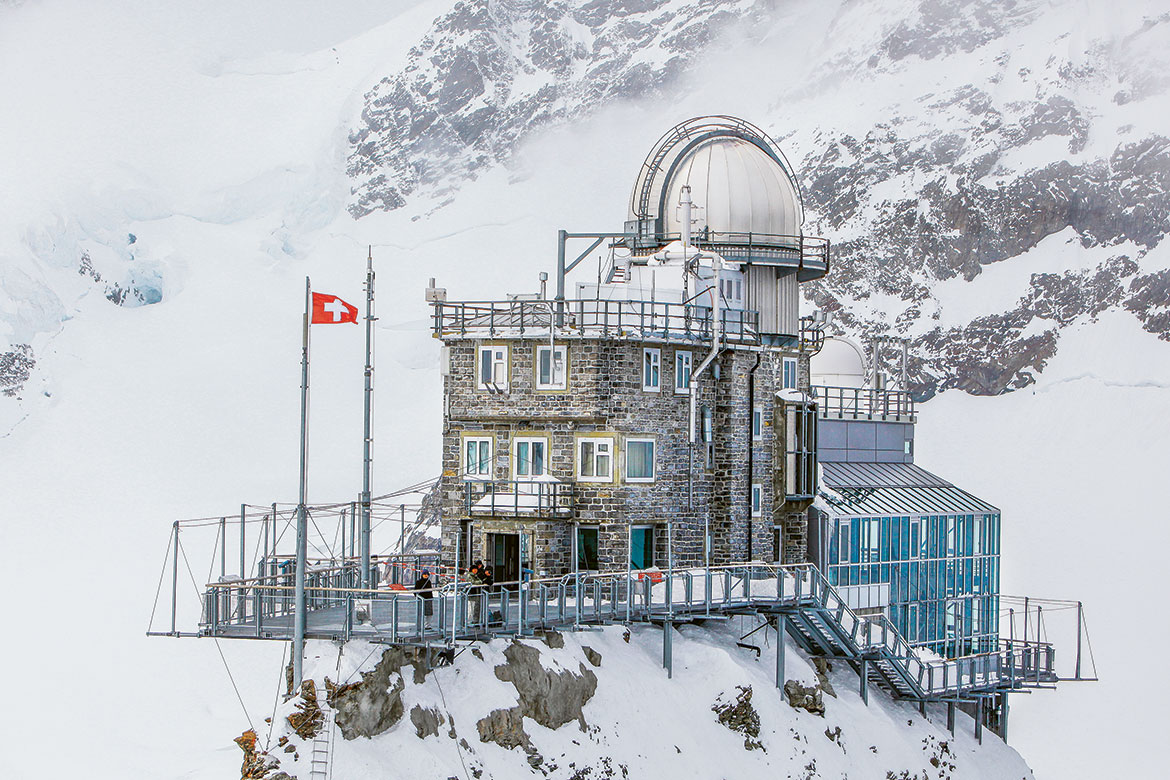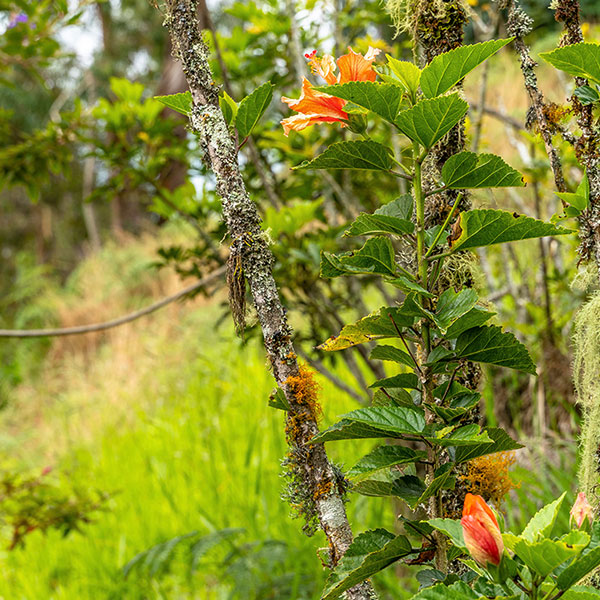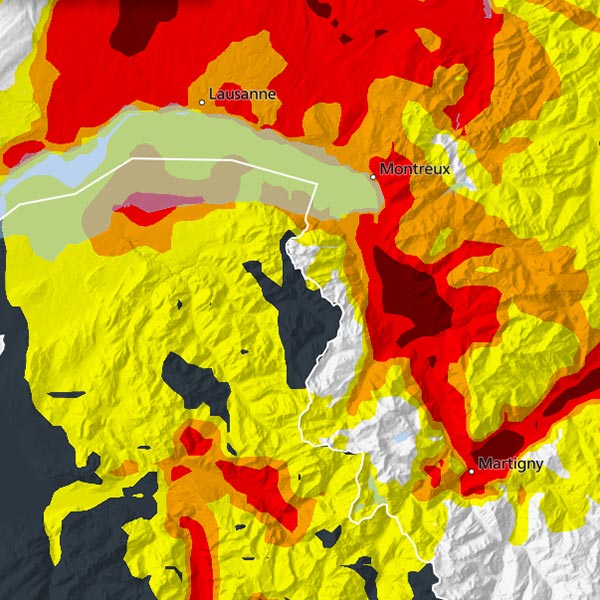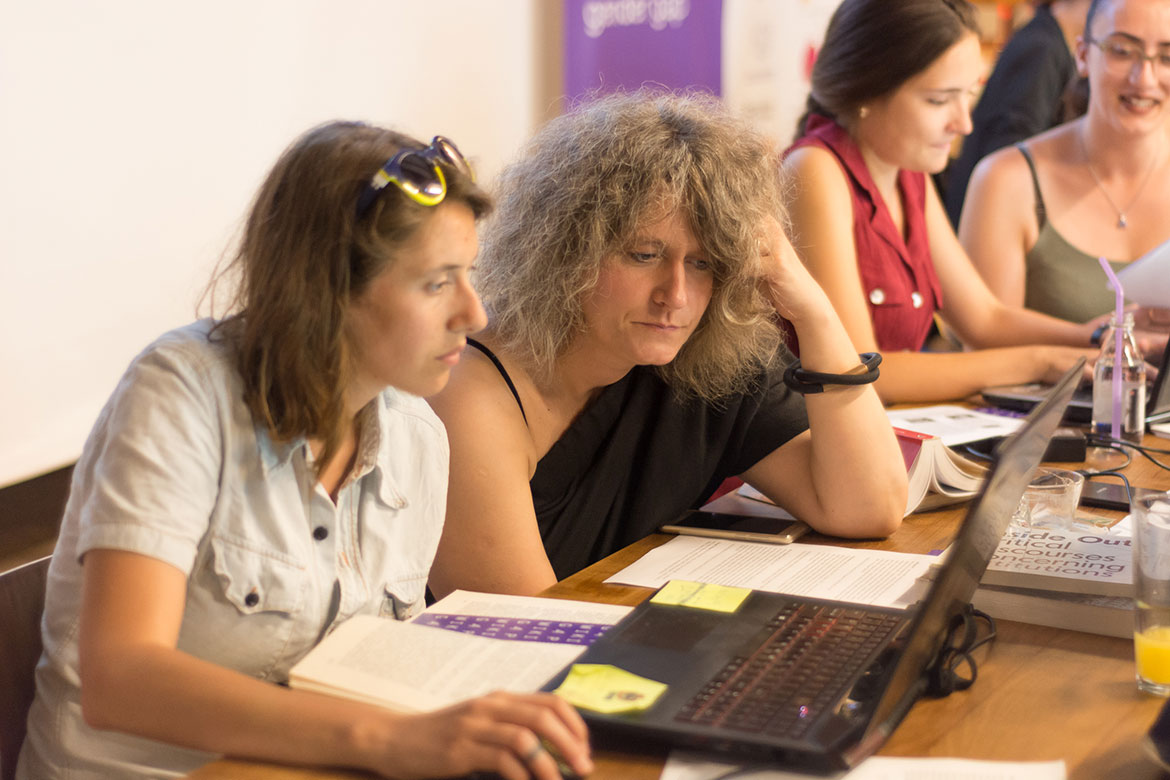Tracking antimony in Chinese rice fields
Jaime Caplette studied antimony in the rice fields of rural China. Back in Switzerland, this Canadian geologist is looking for it near to shooting ranges.
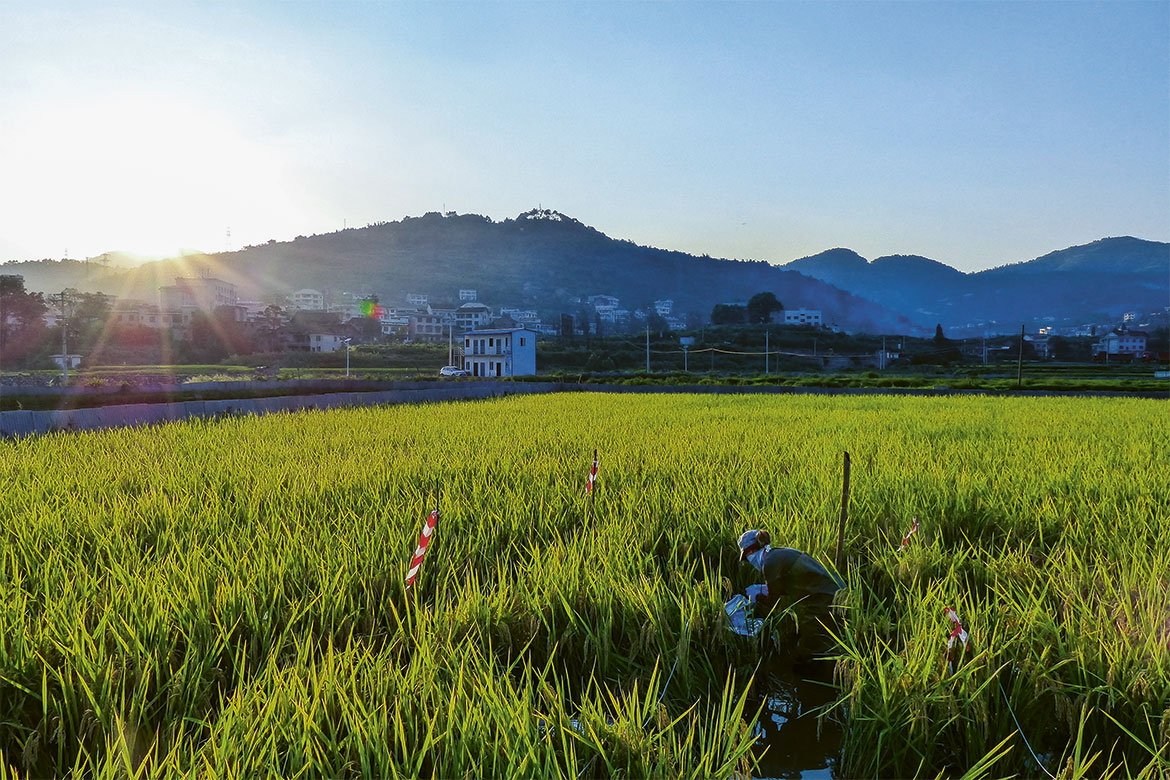
In a rice field near the Xikuangshan mine in China, Jaime Caplette collects volatile compounds of antimony. | Image: Adrien Mestrot
“We worked in small, remote villages to analyse antimony concentrations in rice fields. Our presence greatly intrigued the inhabitants, and every day some would come over to us. They asked questions about our research and told us about the region. Fortunately, we had three students from the Chinese Academy of Sciences on our team who helped us overcome the language barrier! These spontaneous exchanges provided us with information that would otherwise have escaped us, such as the fact that fish were dying in some bodies of water and that precipitates were forming in others. Despite the fears we had before our visit, we did not encounter any problems with the Chinese authorities.
I collected samples of soil, water and gas from rice fields near the Xikuangshan mining area in the Hunan province, which has the world’s largest antimony deposits. In the region where I was, the concentration of antimony in the soil can reach 2,500 parts per million (ppm), about a thousand times higher than a normal rate. The aim of my work was to improve our understanding of the different processes that influence the cycle of this toxic and potentially carcinogenic chemical element. The European Union and the United States consider it a priority pollutant, but it has so far received relatively little attention.

Image: Lorenz Gfeller
Jaime Caplette studied geology at Laurentian University in Ontario, Canada. After completing her Master’s degree, having studied antimony and lead in the soil of mining areas, she joined the Institute of Geography at the University of Bern in March 2017. She is currently pursuing a PhD in the Trace Element Speciation and Environmental Chemistry Group.
I focus on volatile forms of antimony, including biomethylated ones. We want to understand how these compounds are created, because some are more toxic than others. In particular, we are studying how this speciation influences the mobility of antimony in the environment and whether it is found in rice. We selected three sites: rice fields with low, medium, and high antimony concentrations respectively.
The weather was the biggest challenge. We worked in full sunlight in 30 to 35 degrees Celsius. In addition, as it is a mountainous area, thunderstorms broke out regularly. I constantly had to make sure that the pumps used to collect the gas samples remained as watertight as possible – I sheltered them under umbrellas.
Poison in the ammunition
We analysed some parameters on the ground, but most of the analysis will take place in Bern. Moreover, it’s in Switzerland that I’m working on the second part of my doctorate. Antimony is used to harden the lead in ammunition, but if a bullet explodes and remains in the wild, it can end up in the water. As the country has no less than 4,000 shooting ranges, currently operational or otherwise, it has just as many potentially contaminated sites. We want to focus on just five, where we’ll study the influence of different parameters on the release of antimony into the environment, such as flooding or manure use. Once we have more knowledge of this element, we will be in a better position to propose solutions to the pollution it causes.
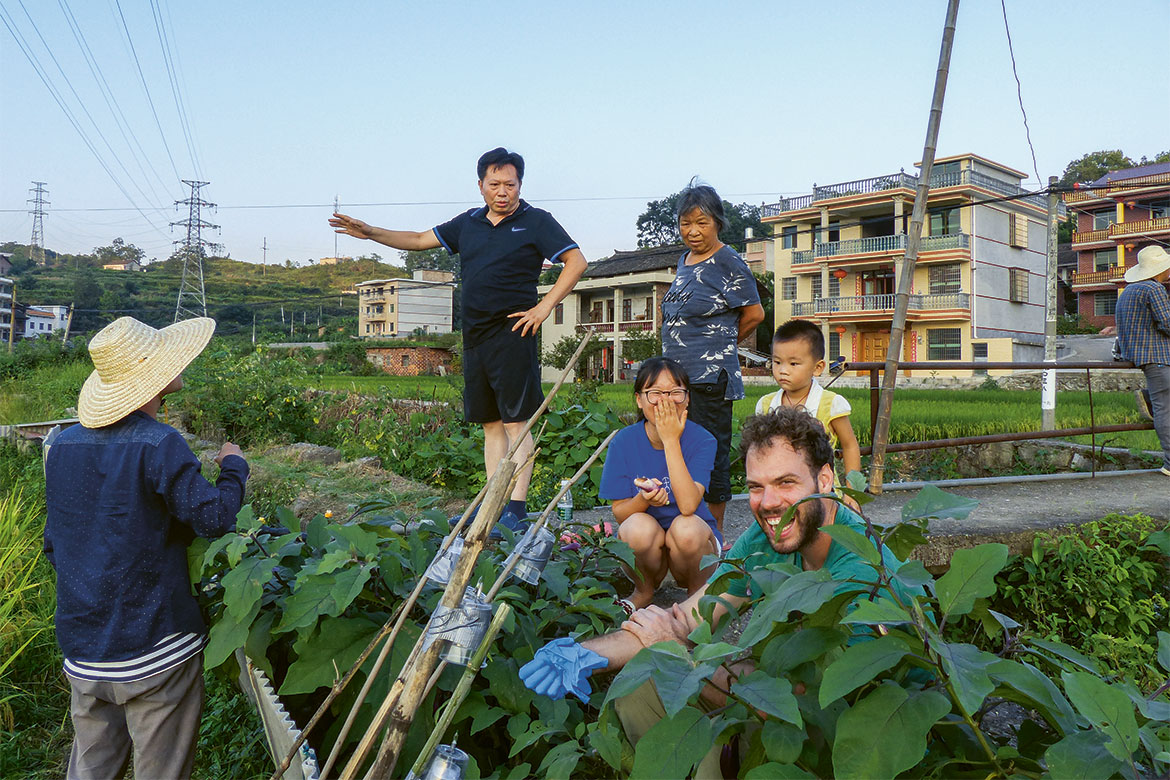
A spontaneous chat with the locals near the Xikuangshan mine in China provided the researchers with surprising information. | Image: Adrien Mestrot

